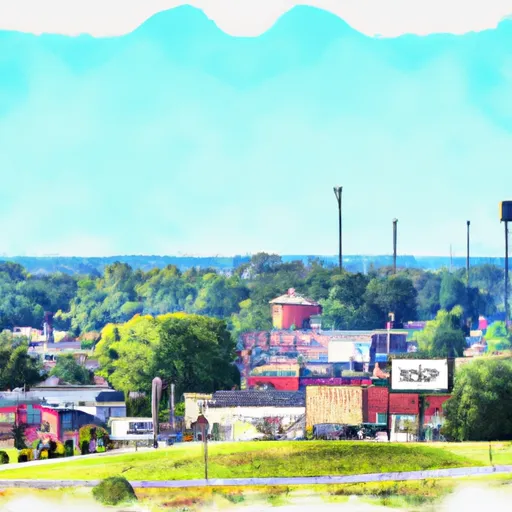°F
°F
mph
Windspeed
%
Humidity











Killbuck, Ohio is a charming village situated in Holmes County, offering a pleasant climate and a variety of outdoor recreation opportunities. The climate in Killbuck is characterized by four distinct seasons. Summers are warm with average temperatures ranging from the mid-70s to low 80s Fahrenheit, while winters are colder with temperatures often dropping below freezing. Spring and autumn bring moderate temperatures, making them ideal seasons for outdoor activities.
Hydrology constituents in Killbuck include the Killbuck Creek, a major waterway in the region that flows through the village. The creek offers opportunities for fishing, kayaking, and canoeing. It is home to various fish species, including bass and catfish, providing anglers with a rewarding experience.
Outdoor enthusiasts will find ample recreational opportunities in Killbuck. The village is surrounded by picturesque countryside, making it perfect for hiking, biking, and camping. The nearby Killbuck Wildlife Area and Mohican State Park offer extensive trails for exploration, wildlife spotting, and birdwatching. Additionally, the area is known for its beautiful fall foliage, attracting visitors from far and wide.
In conclusion, Killbuck, Ohio offers a pleasant climate, scenic hydrology constituents, and a range of outdoor recreation opportunities, making it an ideal destination for nature lovers and adventure seekers.
Weather Forecast
Killbuck receives approximately 1033mm of rain per year, with humidity levels near 84% and air temperatures averaging around 10°C. Killbuck has a plant hardyness factor of 6, meaning plants and agriculture in this region thrive during a short period during spring and early summer. Most plants will die off during the colder winter months.



